Menu: Site Background | 3D Site Plan | Dive Video | Site Detail | Final Voyage
This page provides more detail about the wreck of the Association. The numbers represent the annotations on the 3D site plan.
1. Gilstone at the surface
The site is situated at the southern end of the Western Rocks and is marked by the Gilstone – a rock which is visible on the surface. Note the Bishop Rock lighthouse which can be seen on the horizon.
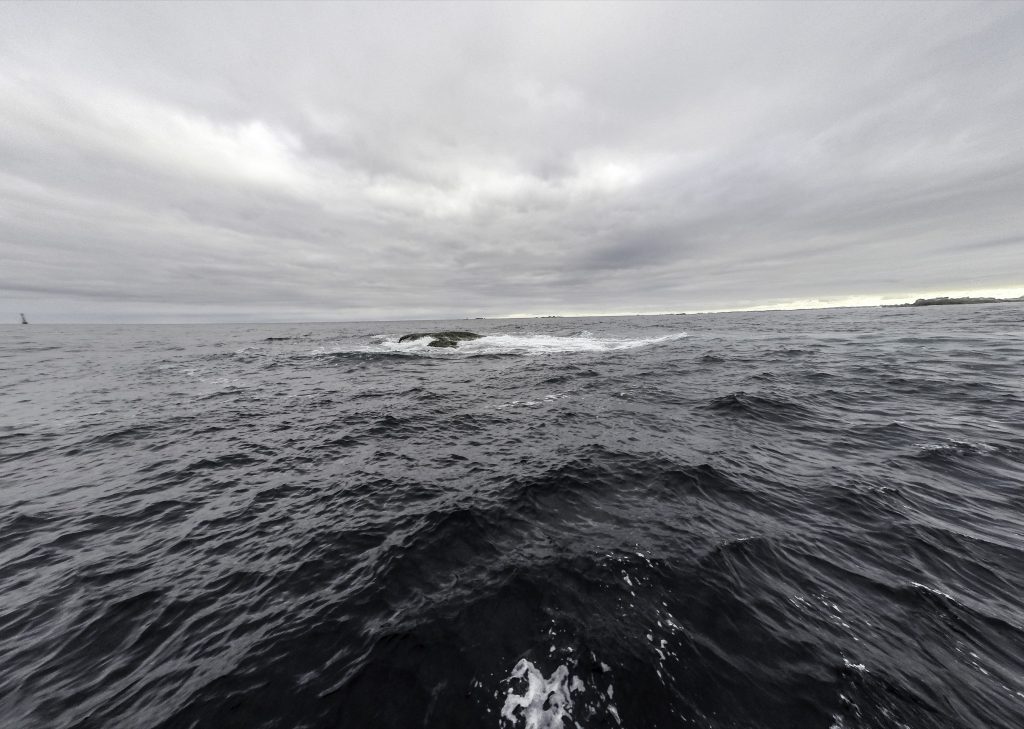
2. Cannon Gulley
This is a deep rock-strewn gulley over 60 metres long. It contains at least 30 iron cannon as well as considerable quantities of corroded iron round shot (cannon balls). It was named ‘Cannon Gulley’ by one of the dive teams who worked on this site. Many of the cannons in this gulley are now trapped under large rocks, as in the photograph below.
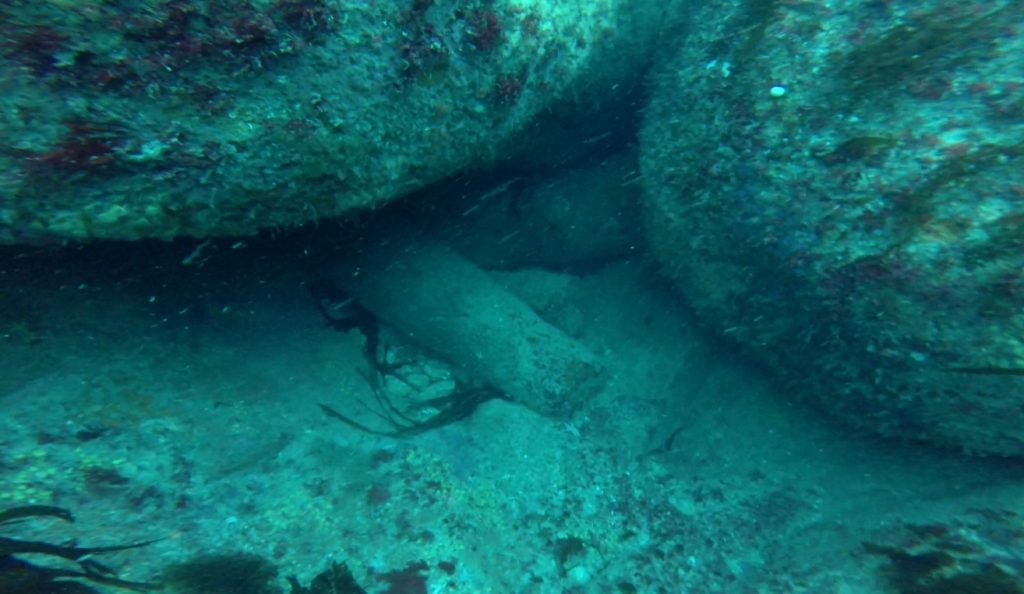
3. Aladdin’s Cave
This again was named by one of the dive teams working on the site. Apparently a gold ring and a considerable quantity of coins were recovered from here.

4. Eastern Ledges
This part of the reef breaks surface at low water, but is just below the surface at high water – illustrating just how difficult navigation is in this area.
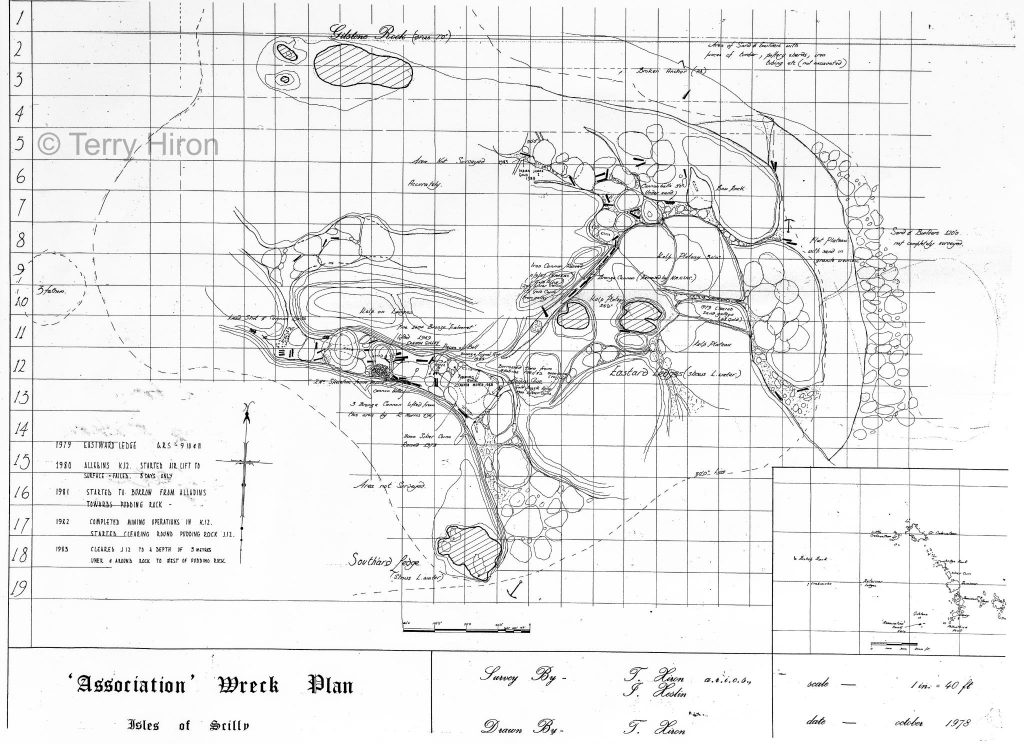
5. Bronze gun
This is probably where the Naval Air Command – Sub Aqua Club (NAC – SAC) found the 18lb bronze gun which they recovered from the site. This gun is now on display at the Royal Armouries in Leeds.
6. Iron round shot
This is an area of heavily corroded cast iron round shot – sometimes called ‘cannon balls’. These can be found at various places around the site, such as in Cannon Gulley (see dive station 2 above).
7. Bower anchor
This is one of the large bower anchors carried at the bow of the ship. Ships like the Association would have carried at least four of these anchors. The anchor shown here is displayed on the gable wall of Captain Cutter’s House in Chapel Street, Penzance. This anchor is reputedly from the wreck of the Association, recovered by Roland Morris (who once lived in Captain Cutter’s House).
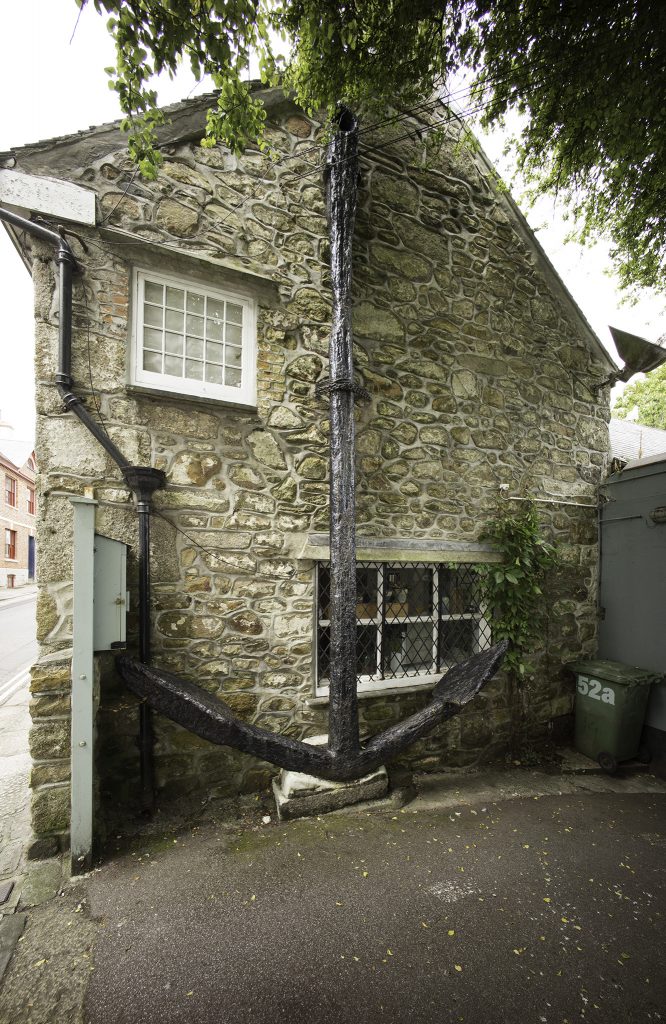
It is also in this area that Roland Morris is said to have found a silver plate inscribed with Sir Cloudesley Shovell’s personal coat of arms. This was the principal piece of evidence Mr Morris used to identify the wreck as that of HMS Association (Sir Cloudesley’s flagship). The plate is now on display in the Rochester Guildhall Museum. Sir Cloudesley was the member of Parliament for Rochester at the time of his death.
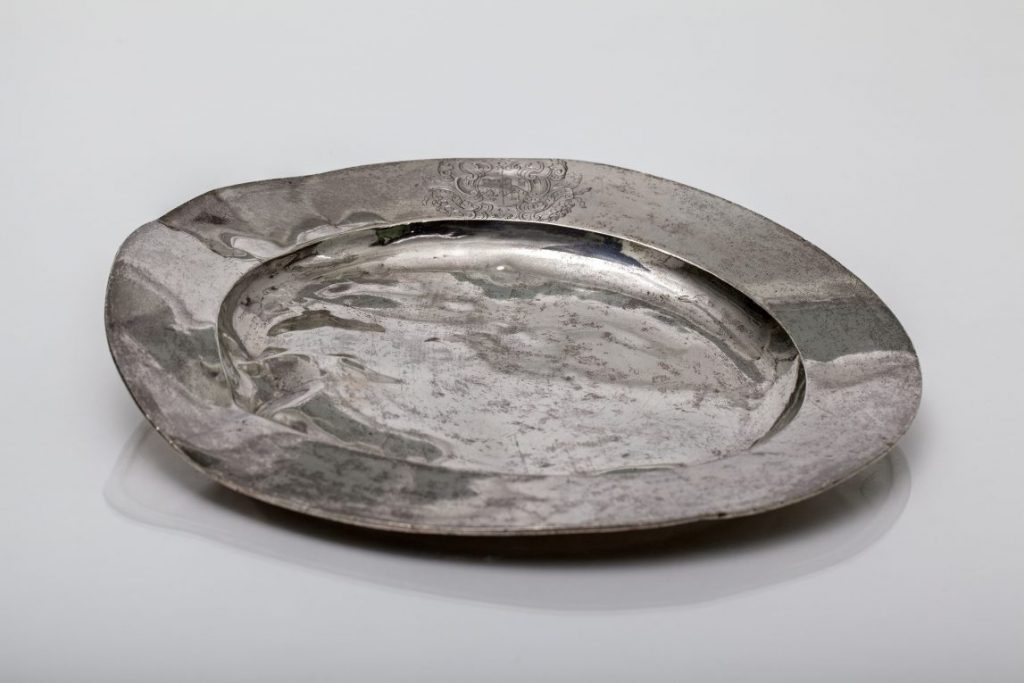
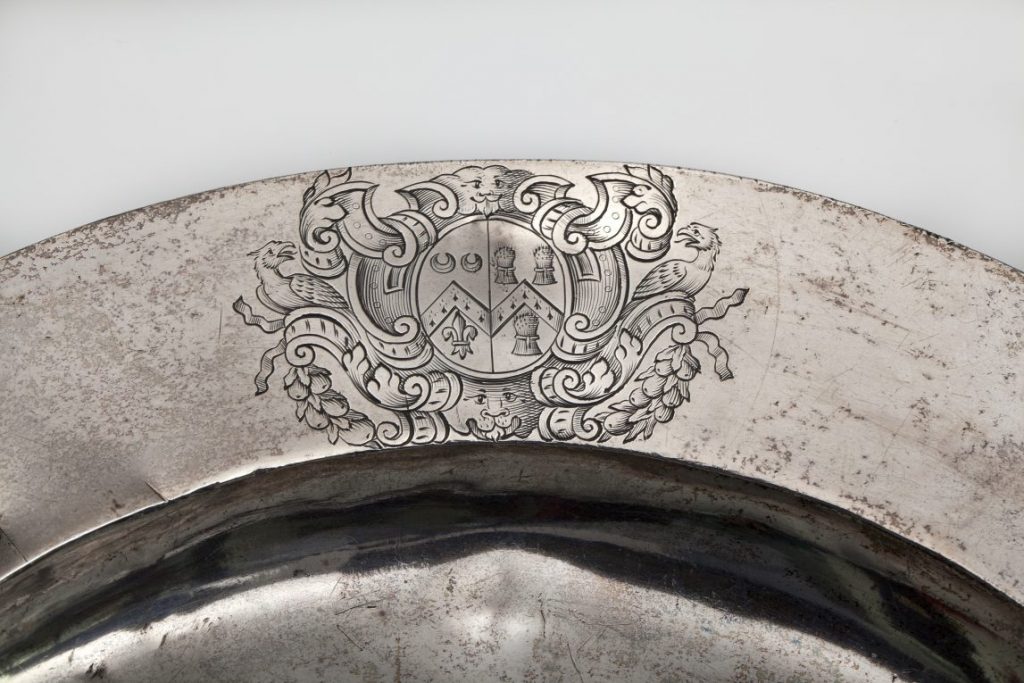
8. Southern anchor
This is another bower anchor surviving on the site.